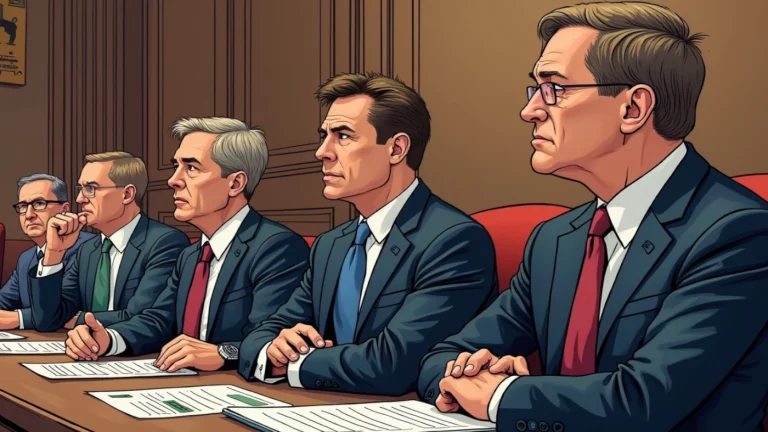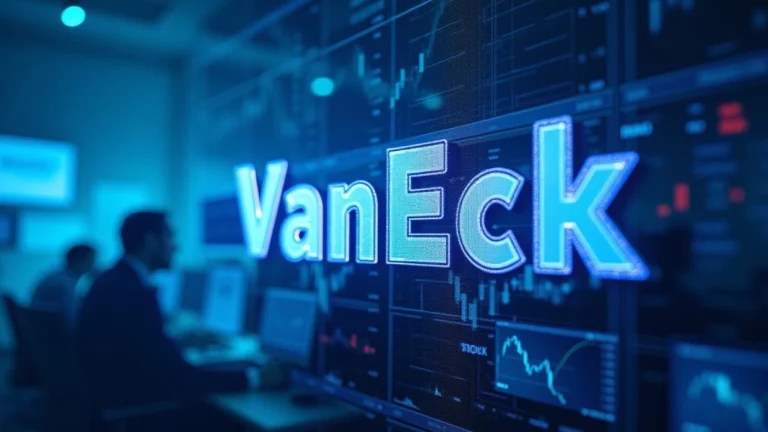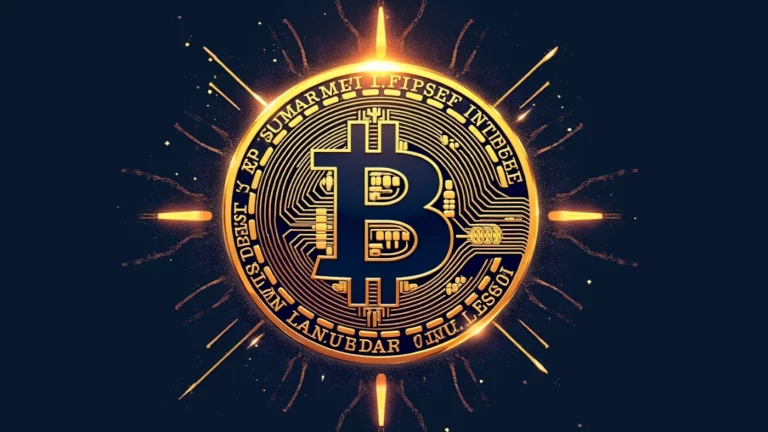The world of cryptocurrency just got a whole lot more serious. Deutsche Boerse, one of Europe’s biggest exchange groups, is about to launch a major play in the crypto space.
SEC’s crypto u-turn is good for the investors?
Listen up, the SEC just made a move that could change the game for cryptocurrency.
Trump’s crypto gambit is a shot in the dark?
Donald Trump is cooking up an executive order that could change the game for cryptocurrency in the U.S.
VanEck bets big on Avalanche, ETF is coming?
Alright, guys, let’s talk about VanEck’s latest move. The investment heavyweight just filed for an Avalanche ETF, and it’s got everyone asking, is this the lifeline AVAX needs to recover from its dip?
The US House of Representatives Committee’s position and its impact on the stablecoin market
With the U.S. House Committee favoring stablecoin regulation to strengthen the dollar while opposing a CBDC, how could this stance impact the stablecoin market and the crypto industry?
What implications this might have for global regulatory trends and the role of digital assets in the financial system.
The House Committee’s move to regulate stablecoins while rejecting a central bank digital currency (CBDC) shows a strategic effort to encourage private-sector innovation while imposing plans of accelerating the U.S. dollar’s dominance.
Clear, risk-proportionate regulation—focused on issuer transparency and reserve requirements—could legitimize stablecoins, attracting institutional capital and accelerating adoption.
However, overregulation risks driving innovation offshore, as seen in jurisdictions like Dubai, the UK, and Europe, which prioritize stablecoin integration within structured frameworks.
By favoring private-sector stablecoins over a government-issued CBDC, the U.S. mirrors Switzerland’s approach, promoting a competitive ecosystem but potentially ceding ground to regions advancing state-backed digital currencies like China’s digital yuan and the EU’s digital euro.
Regulatory clarity could strengthen stablecoins as liquidity hubs between traditional finance and DeFi, much like the EU’s MiCA framework, which balances utility with risk mitigation.
This stance may influence global regulators to adopt similar strategies, focusing on stablecoins over CBDCs and advancing interoperability.
Stablecoins already underpin 70% of crypto trading pairs and serve as critical infrastructure for 24/7 settlements and cross-border transactions, strengthening their role in the financial system.
The U.S.’s decision will shape the regulatory landscape, determining whether stablecoins enhance global finance or remain a fragmented alternative to state-controlled digital currencies.
Hon NG, Chief Legal Officer at Bitget
Disclosure:This article does not contain investment advice or recommendations. Every investment and trading move involves risk, and readers should conduct their own research when making a decision.
Kriptoworld.com accepts no liability for any errors in the articles or for any financial loss resulting from incorrect information.
Bukele’s Bitcoin bluff is a game of smoke and mirrors?
You think you know what’s going on in El Salvador with Bitcoin? Think again.
Crypto ETFs and ETPs bleeding out
When one think the crypto market’s got its mojo back, and it’s not. For the fourth week straight, cryptocurrency exchange-traded products, including ETFs have been hemorrhaging cash, $876 million just last week.
Kraken’s IPO on the horizon, but is it too little, too late?
Kraken’s going public. One of the OG crypto exchanges, is eyeing an IPO in early 2026. And why now?










